 |
 |
 |
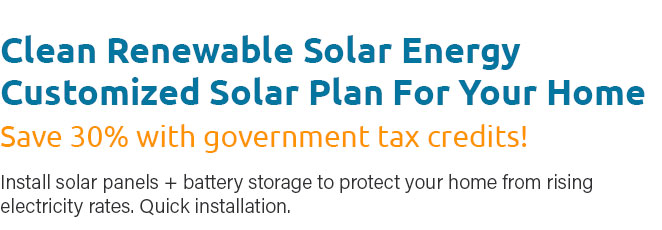 |
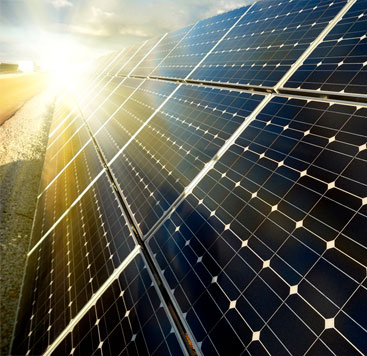 |
 |
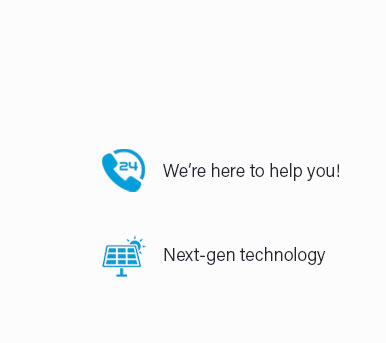 |
 |
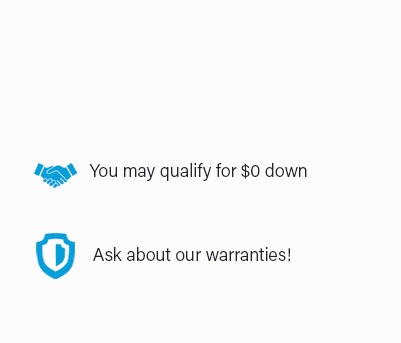 |
 |
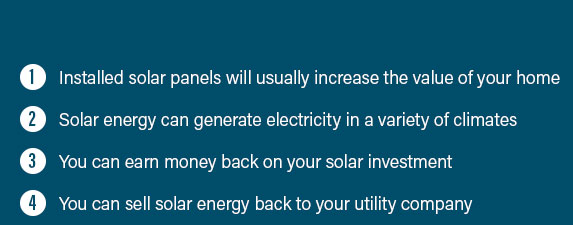 |
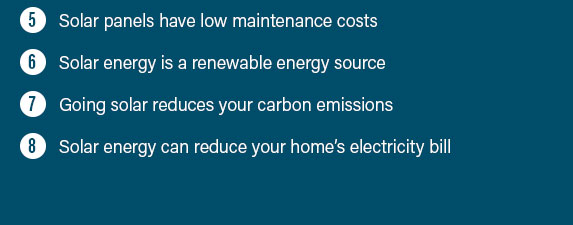 |
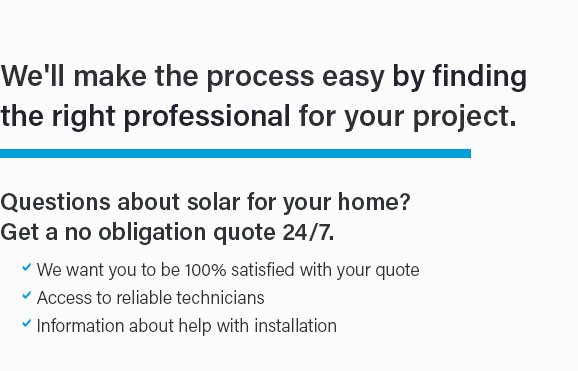 |
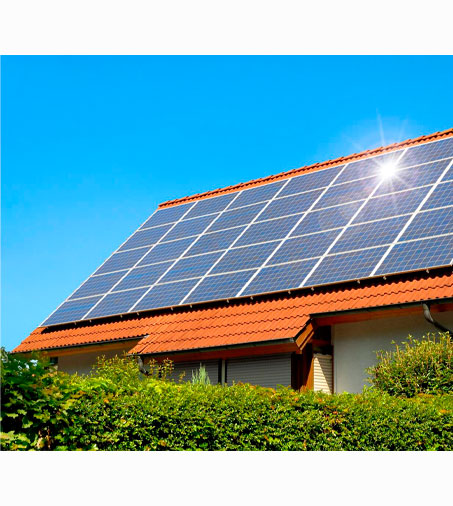 |
|
 |
 |
 |
|
Transform your energy future today with our unbeatable solar panel installation quotes in Illinois-where innovation meets efficiency, we deliver cutting-edge solar solutions tailored to your needs, saving you money while powering your home with the brilliance of the sun; our expert team ensures a seamless, hassle-free installation, offering unparalleled service and support-because you deserve more than just solar panels, you deserve a sustainable revolution that starts at your rooftop and echoes throughout your community.
https://www.illinoissfa.com/residential-solar/
Residential Solar provides residents access to affordable on-site solar panels through our qualified and vetted solar companies called Approved Vendors. https://www.energysage.com/local-data/solar/il/
The average Illinois homeowner needs a 12.02 kW solar panel system to cover their electricity needs, which comes out to $35,795 before incentives. Prices range ... https://ipa.illinois.gov/content/dam/soi/en/web/ipa/documents/10-17-22-ipa-il-solar-for-all-factsheet.pdf
Income-eligible households can participate in ILSFA by installing solar panels on their roofs or mounting them on their property through the Residential On-Site.
|